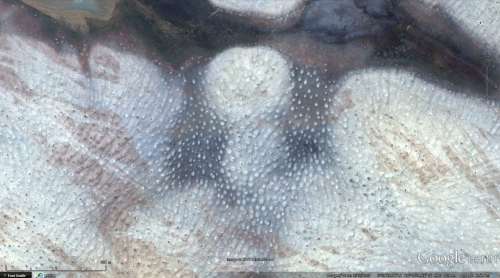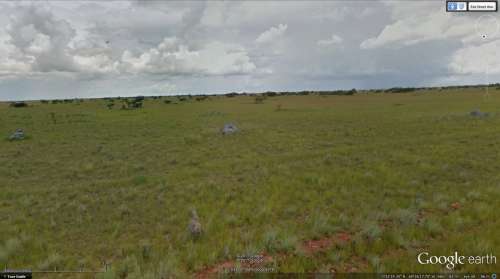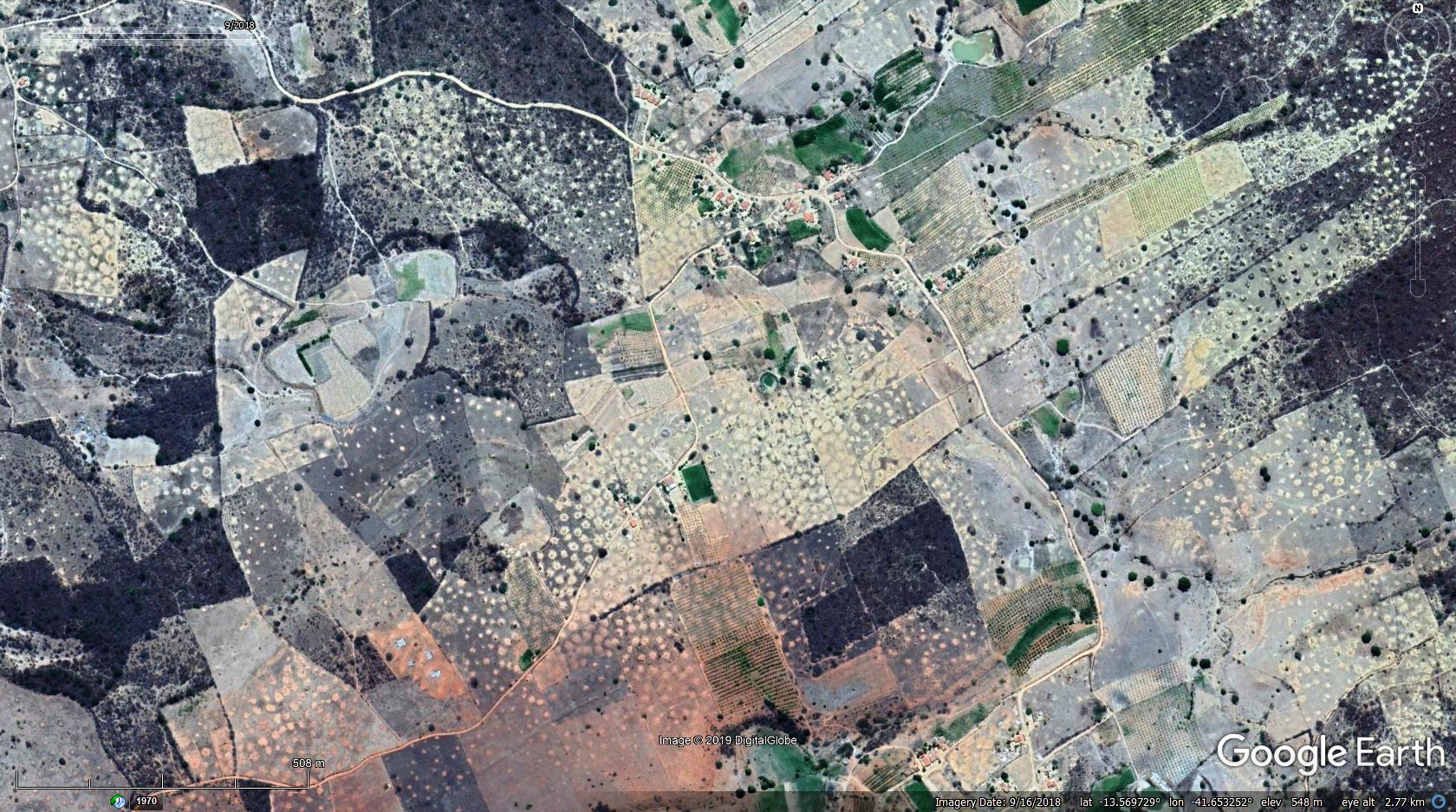Master Cartographer
April 2015 - Nov 21, 2024 8:06:11 GMT
|
Post by syzygy on Oct 6, 2017 6:23:30 GMT
Hi! Some of you already know, I have some serious " mounditis" and see mounds everywhere, so now I have to ask your opinion about what are these all around in Brazil?   Termite Landscapes Brazil.kmz Termite Landscapes Brazil.kmz (3.67 KB) I do not dare to think that what we see is a huge field of ancient burial mounds (even if not hollows) on the ground of the deforestated jungle, but if these are natural formations, then what processes could cause such landscape? (Hardly these can be spotted from StreetView sights, but easily can be seen on aerial/satellite imagery.) Are these humps or hollows, or only differs in color? Might it to do some with the trees, stood there for a long time, signs of a secondary vegetation (grass circles), or some else? Thanks! g |
|
Master Cartographer
April 2015 - Nov 21, 2024 8:06:11 GMT
|
Post by syzygy on Oct 6, 2017 11:52:59 GMT
check last two placemarks in kmz folder above. blue triangle brings you to StreetView location where the road passes next to such features, and something we call termite- or ant forts can be seen all around.  can this be the explanation for all placemarked examples? -then this could be the biggest insect colony that our good, old Earth drags on his wrinkled back! |
|
Trusted Member
account is disabled
“ Google Maps | Google Sky | Google Mars „
|
Post by ET_Explorer on Oct 7, 2017 18:37:33 GMT
check last two placemarks in kmz folder above. blue triangle brings you to StreetView location where the road passes next to such features, and something we call termite- or ant forts can be seen all around. can this be the explanation for all placemarked examples? -then this could be the biggest insect colony that our good, old Earth drags on his wrinkled back! These are termite mounds, by the the millions. Read More |
|
Master Cartographer
April 2015 - Nov 21, 2024 8:06:11 GMT
|
Post by syzygy on Oct 9, 2017 7:42:09 GMT
Hi ET! Thanks for looking into it! However: The Emas National Park you have mentioned is located 1500 miles to South where no such features can be seen on aerial view (I could find not even one), also Panoramio shot by Nébias Braulino shows some different type of termite mounds. These are bigger, not grey but red, and not related to such 10-20 meters diameter, round features which can be seen all over the sites I have placemarked at Raposa Serra do Sol - indigenous territory. So still my question is (after we are about to accept the ant/termite concept): what causes such otherworldly landscape? "Small castles" on the surface made by some kind of ants/termites: well lets say okay, but what are the (related?) "big, round features" everywhere we see on aerial view? Pity we have no Macushi member around to ask! *** Recommended read:www.survivalinternational.org/tribes/raposa/wayoflife |
|
Master Cartographer
April 2015 - Nov 21, 2024 8:06:11 GMT
|
Post by syzygy on Jun 5, 2019 14:09:43 GMT
not long ago I have read an article: A vast 4,000-yearold spatial pattern of termite mounds (by Stephen J. Martin, Roy R. Funch, Paul R. Hanson and Eun-Hye Yoo, in Current Biology Magazine, issue: November 19, 2018), that finally made me change thread title. 8 new placemarks (1 with SV sight!) in a new kmz subfolder are to reveal similar (the same) features I have originally posted, proving that those were termite mounds too and that ET_Explorer 's guess was right! (; an example:  updated kmz file attached to OP. all further spottings welcome! |
|





